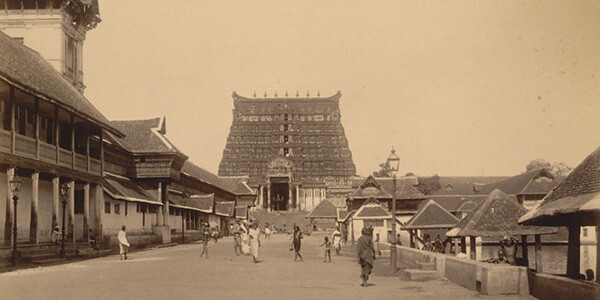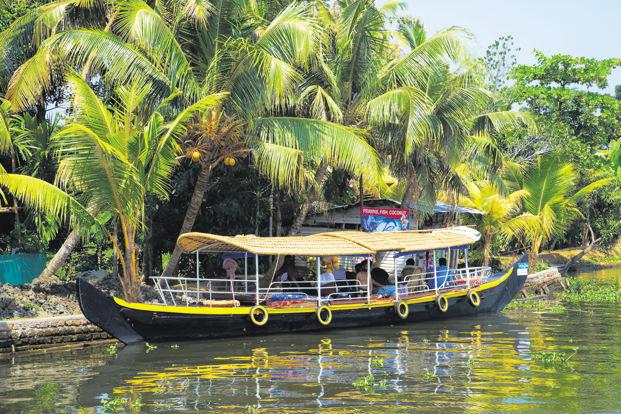 It is noted in Sangam literature that the Chera king Uthiyan Cheralathan ruled most of modern Kerala from his capital in Kuttanad,and controlled the port of Muziris, but its
southern tip was in the kingdom of Pandyas,which had a trading port sometimes identified in ancient Western sources as
Nelcynda (or Neacyndi) in Quilon.The lesser known Ays and Mushikas kingdoms lay to the south and north of the Chera
regions respectively.
It is noted in Sangam literature that the Chera king Uthiyan Cheralathan ruled most of modern Kerala from his capital in Kuttanad,and controlled the port of Muziris, but its
southern tip was in the kingdom of Pandyas,which had a trading port sometimes identified in ancient Western sources as
Nelcynda (or Neacyndi) in Quilon.The lesser known Ays and Mushikas kingdoms lay to the south and north of the Chera
regions respectively.In the last centuries BCE the coast became important to the Greeks and Romans for its spices, especially black pepper. The Cheras had trading links with China, West Asia, Egypt, Greece, and the Roman Empire.In foreign-trade circles the region was known as Male or Malabar.Muziris, Berkarai, and Nelcynda were among the principal ports at that time.The value of Rome's annual trade with the region was estimated at around 50,000,000 sesterces;contemporary Sangam literature describes Roman ships coming to Muziris in Kerala, laden with gold to exchange for pepper. One of the earliest western traders to use the monsoon winds to reach Kerala was Eudoxus of Cyzicus, around 118 or 166 BCE, under the patronage of Ptolemy VIII, king of the Hellenistic Ptolemaic dynasty in Egypt. Roman establishments in the port cities of the region, such as a temple of Augustus and barracks for garrisoned Roman soldiers, are marked in the Tabula Peutingeriana; the only surviving map of the Roman cursus publicus.
Merchants from West Asia and Southern Europe established coastal posts and settlements in Kerala.The Israeli (Jewish) connection with Kerala started in 573 BCE.Arabs also had trade links with Kerala, starting before the 4th century BCE, as Herodotus (484–413 BCE) noted that goods brought by Arabs from Kerala were sold to the Israelis [Hebrew (Jews)] at Eden .Israelis intermarried with local (Cheras Dravidian) people, resulting in formation of the Mappila community.In the 4th century, some Christians also migrated from Persia and joined the early Syrian Christian community who trace their origins to the evangelistic activity of Thomas the Apostle in the 1st century.Mappila (Semitic) was an honorific title that had been assigned to respected visitors from abroad; Israelite(Jewish), Syrian (Aramaic) Christian, and Muslim immigration account for later names of the respective communities: Juda Mappilas, Nasrani Mappilas, and Muslim Mappilas.The earliest Saint Thomas Christian Churches,Cheraman Juma Masjid (629 CE)—the first mosque of India—and Paradesi Synagogue (1568 CE)—the oldest active synagogue in the Commonwealth of Nations—were built in Kerala.

